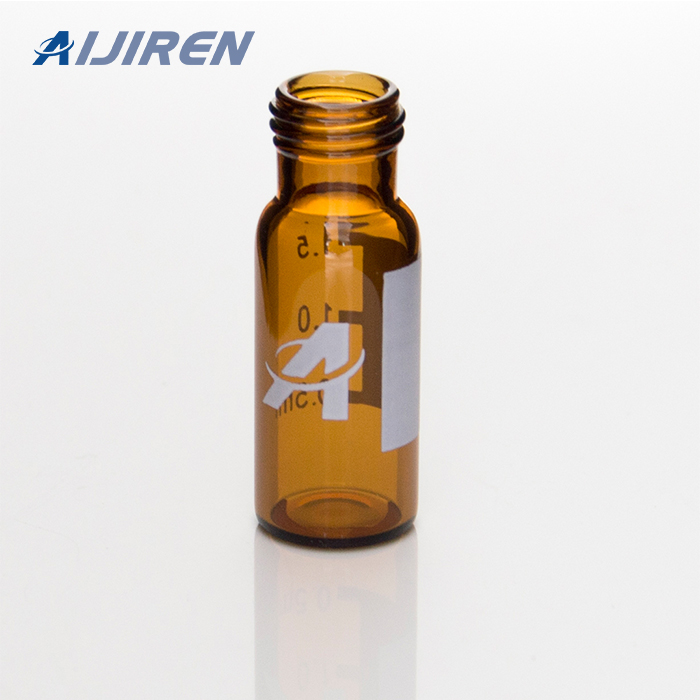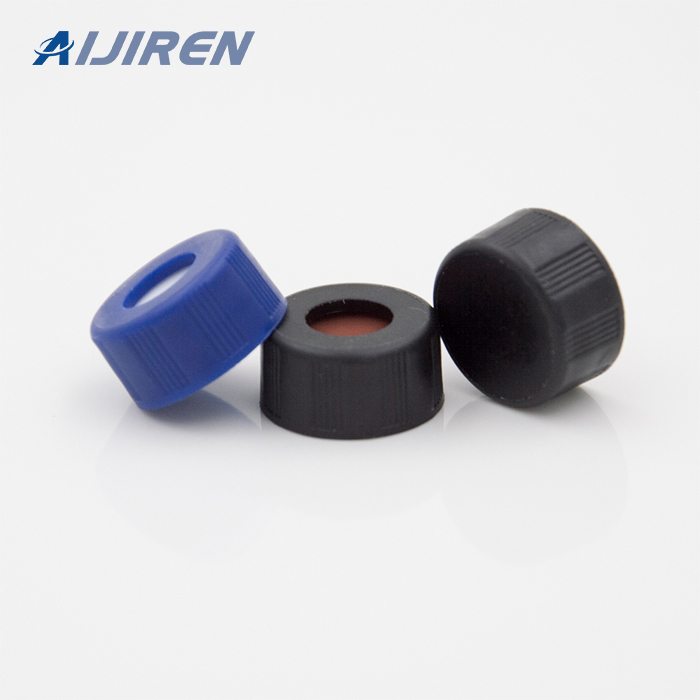



These wide mouth autosampler vials are appropriate for many chromatography applications, including:HPLC,GC,IC,UHPLC,Sample storage.Snap vials have more
Zero Air Generator For GC · Nitrogen Generator for Gas Chromatographs Shell Glass Vials are an economical choice for many routine HPLC applications.
The pharmaceutical product analysis plan includes sample examination, by McCrone Associates are filled and unfilled vials (parenteral products) and ...
Jul 31, 2019 Sample container: Typically, a 2-mL glass vial containing the sample dissolved in a diluent (final sample solution). Vials are placed in an ...
Clear glass or polypropylene inserts for 9mm HPLC and GC autosampler vials are available in a variety of configurations with usable volumes from 160μL to 3.5mL.
Feb 10, 2015 Here are some recommendations for vial use for different types of samples and types of analysis. Routine Samples: Vials made of clear glass with ...
Choose from a variety of kits containing short thread screw vials with marking spots in clear or amber glass and polypropylene caps with silicone/PTFE septa
Oct 5, 2014 Hi, first of all it depends which autosampler you are using. At some sampler you can adjust the depth of your needle. But I would recomend vial ...
Headspace vials are used when you want to analyse the gaseous phase of the sample rather than the liquid phase. These vials have a thicker glass wall to
Standard GC, HPLC sample vial, small caliber, 8-425 standard threaded mouth, can be used for autosampler and sample storage. It can be used with 8-425 screw cap
The crimp cap vial requires the use of a crimping tool to form the cap around the glass vial lip. When you plan to sample only a few vials, a manual crimper
29387-U. volume 2 mL, amber glass vial (with graduated marking spot), for headspace, routine HPLC/GC use, plus Certified vials for LCMS/GCMS.
Our portfolio includes over 850 Aijiren Tech vials and closures products Integral Molded Polyethylene cap is an economical choice for routine HPLC ...
Red rubber is a cost effective septa material for routine analysis in. GC and HPLC with a temperature resistance of -40°C up to 110°C. However due to a
Both of liquid and solid samples can be introduced to the column. But solid samples are ordinarily introduced as solutions or sealed into thin-walled vials that